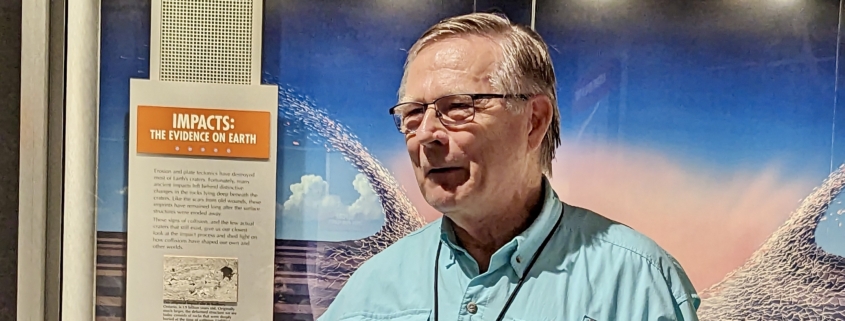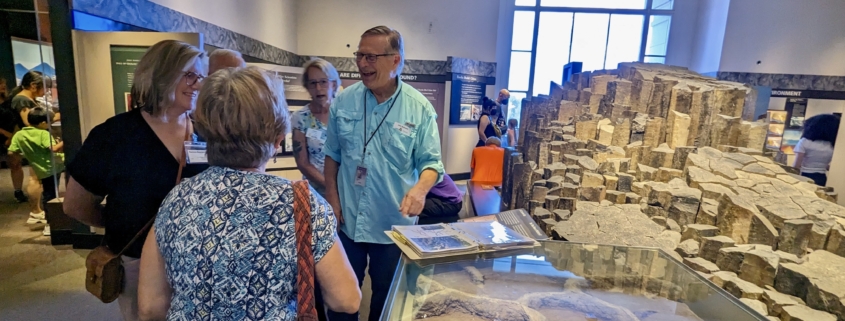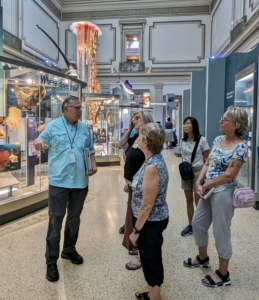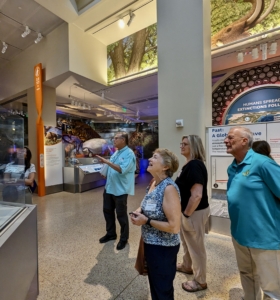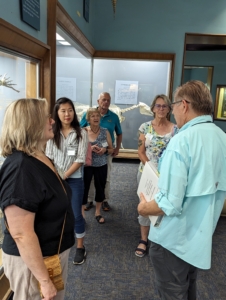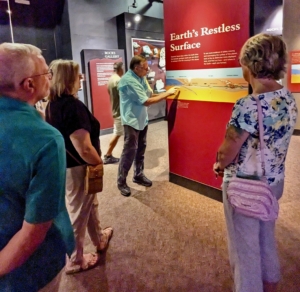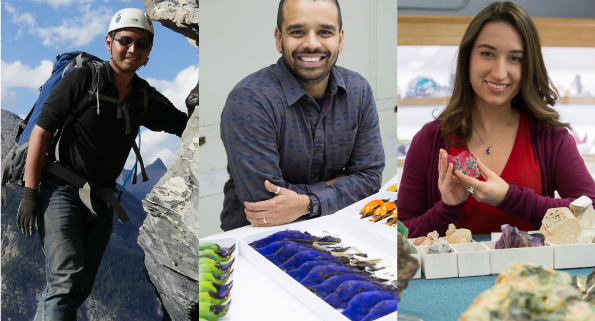Afternoon at the Smithsonian II
This announces the second CE tour of the Smithsonian Museum of Natural History developed and tailored for VMNs by FMN John Kelmelis.
What:
Interpretive Tour of the Museum of Natural History for Virginia Master Naturalists
When:
September 27, 2023 at 3:00pm
Where:
National Museum of Natural History in DC
Meet in the rotunda at the information desk beside Henry, the big elephant.
How long:
Approximately 2 hours.
Group limit.
6 individuals
To register:
1. Login to BI and click on your ‘Opportunities’ tab.
2. Select ‘Opportunity Calendar’ from the pull-down list.
3. Find event in the calendar and click on it to display event details.
4. To sign up, Click on the ‘Sign Up’ box in the lower right. This automatically signs you up and puts the event on your personal BI calendar.
5. To claim 2 CE hours: use All Continuing Education -> FMN All other Chapter Training
Once the tour fills, the event disappears from the Opportunity Calendar but remains on the Opportunity List and your personal BI calendar.
Feel free to take notes but no audio recordings please.
FMN Dr. Kelmelis will guide an interpretive tour of the Smithsonian Institution National Museum of Natural History relevant to Virginia Master Naturalists. This tour will identify the relationship of some exhibits to the natural environment of Virginia including the geologic history, mineralogy, entomology, osteology, evolution, mammalogy, and many other topics. Some of the take-aways will include an introduction of how the NMNH’s display collection can be used to enrich the naturalist’s understanding of science, the scientific method, and some techniques that are applicable to naturalists’ domain of interests; as well as some facts related to the natural condition and history of Virginia.
Dr. Kelmelis is former Chief Scientist for Geography for the U.S. Geological Survey, Senior Counselor for Earth Science at the U.S. Department of State, former Professor of Science, Technology and International Policy, and Founding Faculty of the School of International Affairs at Pennsylvania State University. He holds a BA in Earth Science; MS in Engineering; and Ph.D. in Geography. He is a fellow of the American Association for the Advancement of Science and has held positions in many national and international scientific organizations. He is a volunteer and docent at the Smithsonian Institution and a Virginia Master Naturalist in the Fairfax County chapter.


